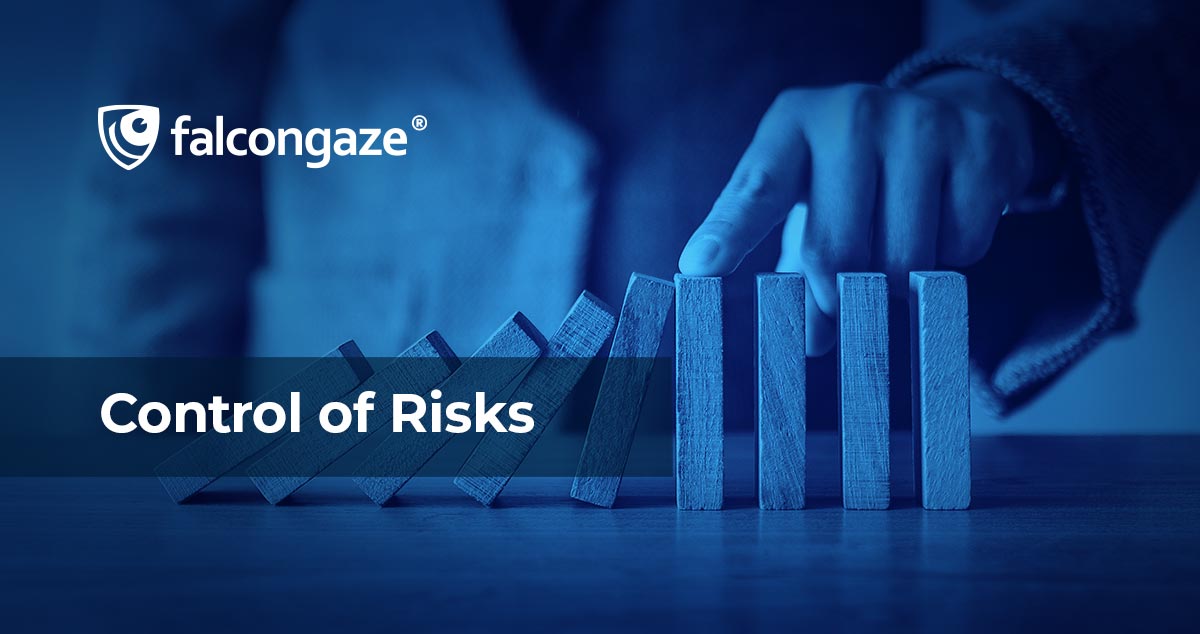
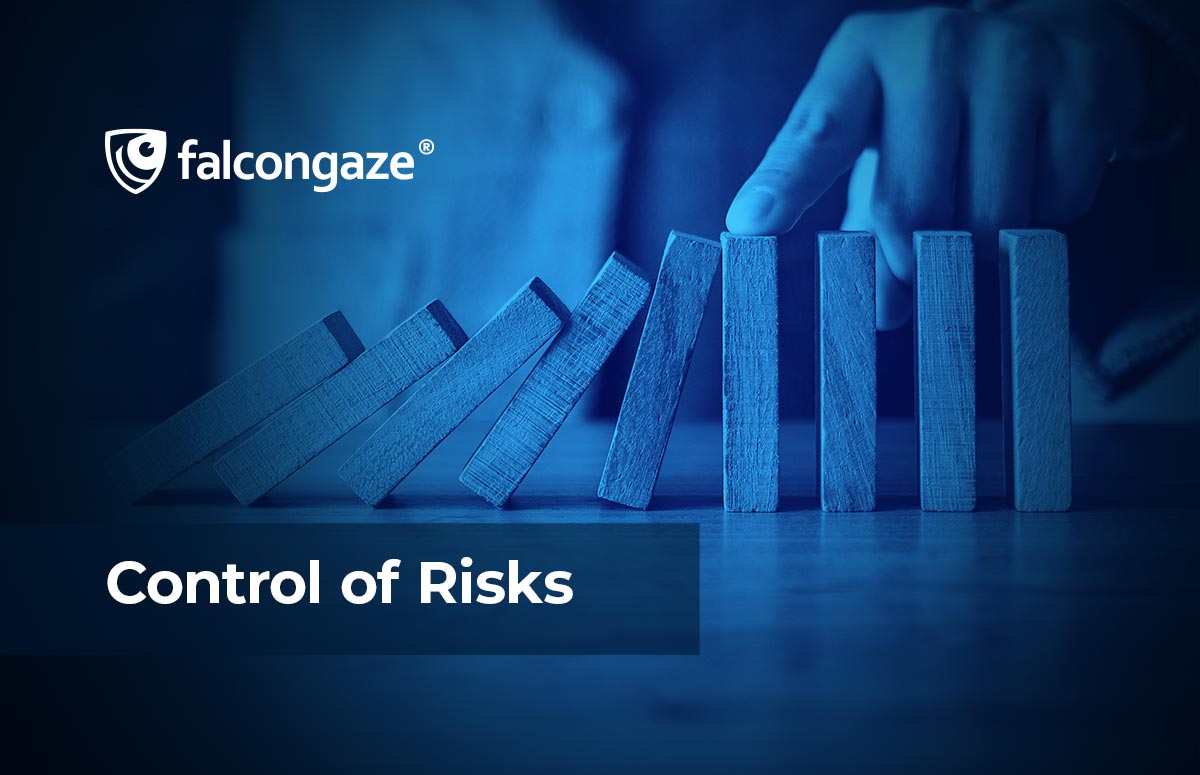
Control of Risks
What is Information Security Control of Risks?
Information security risk control is an ongoing process, the main task of which is the timely detection, assessment and mitigation of the risks of threats to disclose confidential information of the organization.
Competent management of information security risks of a company allows you to ensure the safety of data, detect security vulnerabilities, and determine the value of the optimal costs for maintaining a high level of information security.
Risk control is an indispensable attribute of the company's management as a whole, since information security is one of the main lines of protection and maintenance of the stability and progress of the organization.
The topic of information security risk management is considered only at the administrative level, since only the company's management can allocate the necessary resources, initiate and monitor the implementation of appropriate actions aimed at protecting data.
Why should the information security risk control process be continuous?
The activities of any organization are associated with risk, which means it is impossible to determine exactly what threats may arise in the future. Time and information are the most important resources of the company, accordingly, TIME as a resource spent on protecting INFORMATION should be constant. The damage from information leakage can be irreparable for the company, and we are now talking not only about finance.
How to assess information security risks?
In the classical view, risk is the likelihood of information security threat will materialize. Risk assessment is to simulate a picture of the onset of unfavorable times for the company by taking into account all the factors that may cause these very times.
There are various mathematical formulas for calculating information security risks, for example, R = P (t) * P (v) * S, where P (t) is the probability of a threat being realized, P (v) is the probability of a flaw, and S is the value of an asset. Using this formula, you can calculate the percentage of the existing information security risk for the company.
Of course, this is not the only formula, but as an example it perfectly cites the risk factors that are most important for the calculation.
The easiest way to assess the company's information security risks is to sort out all the consequences in the event of a leak. For example, if an organization loses data on project N, then:
- competitors will enter the market faster, due to the fact that the organization has sagged in competitiveness;
- the market share will decrease, clients will find more reliable partners;
- business processes for project N will be disrupted, which, perhaps, is one of the main lines of the company's development at the moment;
- financial losses (neutralization of consequences, lost profit), etc.
To assess risks, you need to prioritize information and business processes in order to understand which theoretical data leakage will cause the most damage.
Levels of management maturity in organizing information security of a company
The level of management maturity is a new criterion applied to the management of a company in the area of information security risk management. Risk management is a business task that should be initiated exclusively by the management team of the company, based on the awareness and degree of awareness of information security problems. There are several levels of management maturity:
1. Beginner. There is no awareness of the company's information security risks as such, and measures to protect information are taken by individual IT employees on their own responsibility.
2. Basic. At this level, the company has identified the problem of information security and information security risk management, attempts are made to implement separate information security management processes.
3. Medium. At this level, the company's management clearly understands the need for an information security management system and is viewed as a necessary attribute of the company's management as a whole. There is still no full-fledged information security management system, since there is no main component - information security risk control.
4. High. This is the level of the highest awareness of information security problems by the management, the use of an integrated information security system, including document flow, planning, monitoring, implementation, and improvement of the company's information security processes.
How to organize a high-level information security risk management in a company?
The most important thing is to make a decision on the treatment of risks: how, when, why this risk may arise, ways and alternative ways of solving the problem.
The next step is to organize the tools for risk management. For companies, the most effective way is to use a DLP system (data leak prevention). As an example of how DLP works in a company, let's get acquainted with the capabilities of SecureTower from Falcongaze. In the SecureTower system, complete control of corporate information is achieved by monitoring the maximum number of communication channels and data transfer protocols. In addition, this software analyzes information in many ways:
- content analysis (analysis of text documents, photos, videos, speech recognition and automatic data recognition using built-in templates);
- statistical analysis (quantitative accounting of the performed actions);
- analysis of general connections between employees (communication channels, monitoring of interaction);
- analysis by digital prints;
- recognition of masked files;
- Search by hash functions and analysis of CAD files.
After analyzing the intercepted data, if there is a violation of the security rule, the system automatically notifies about the incident with all information about it. When investigating incidents in SecureTower, cases are formed in which you can record the progress of the investigations, determine the persons involved in the case, and, after the completion of the investigation, make a report for the managers. The collected data can be used in court as an evidence base.
Conclusion
The choice of an approach to information security risk control is determined individually by each organization and the level of its informatization. The highest level of risk management and information protection implies the integral provision of the company's information security system, including advanced information protection tools.

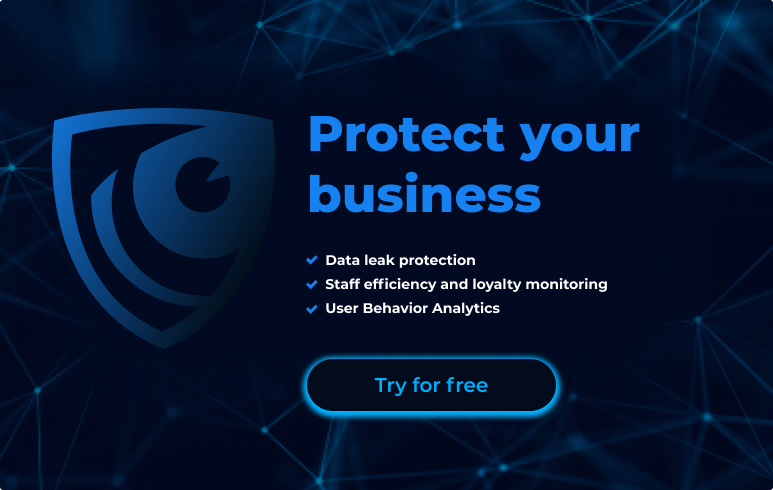
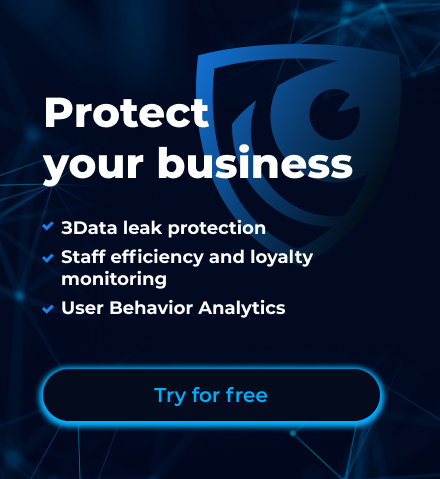
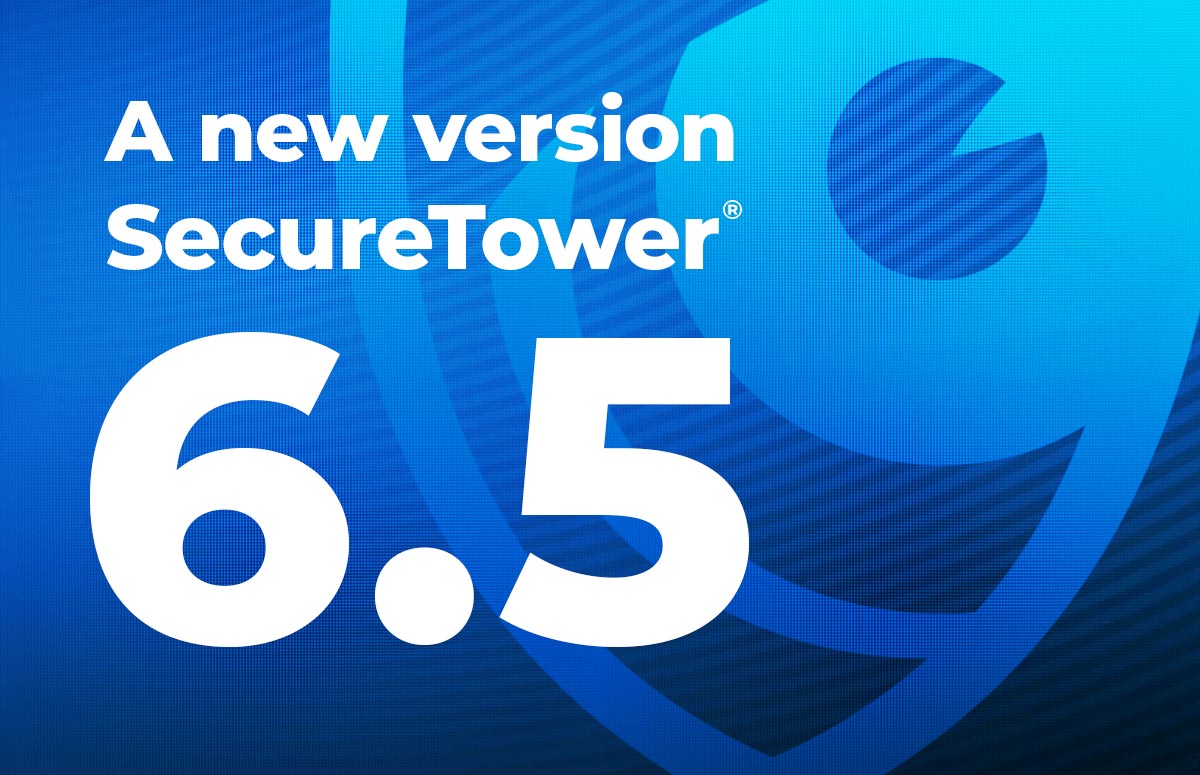


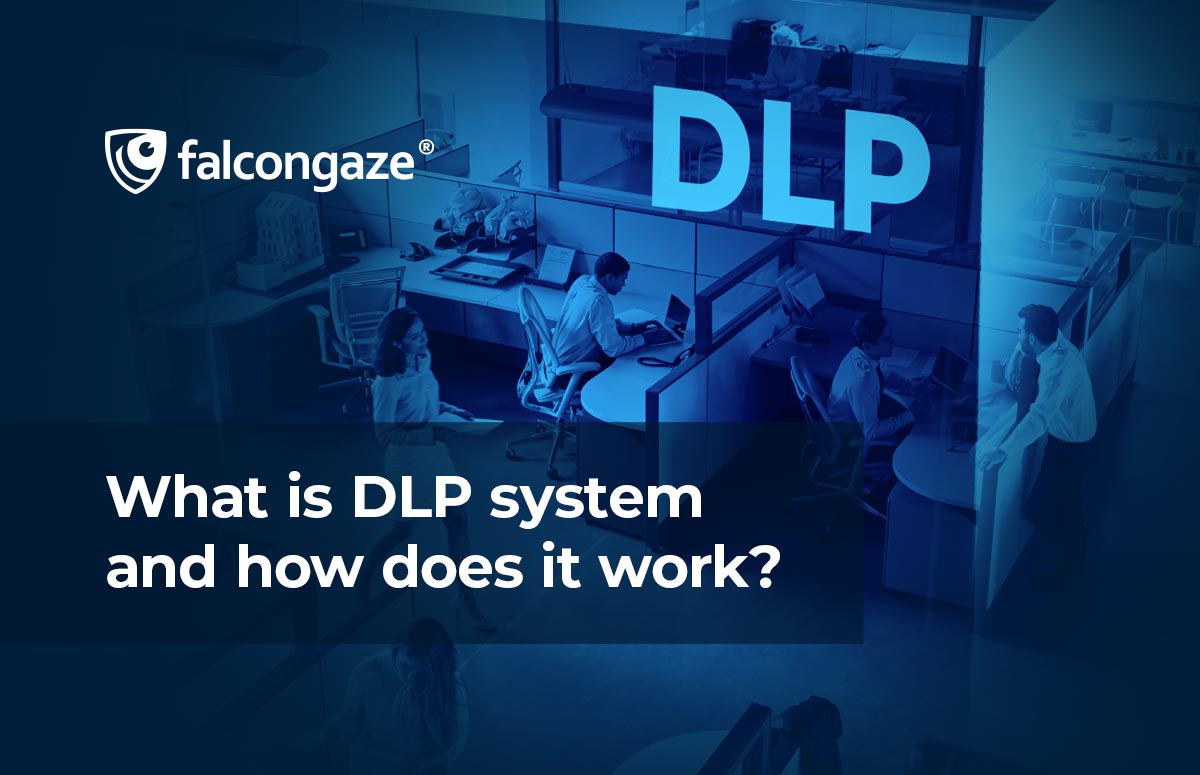
.png)





